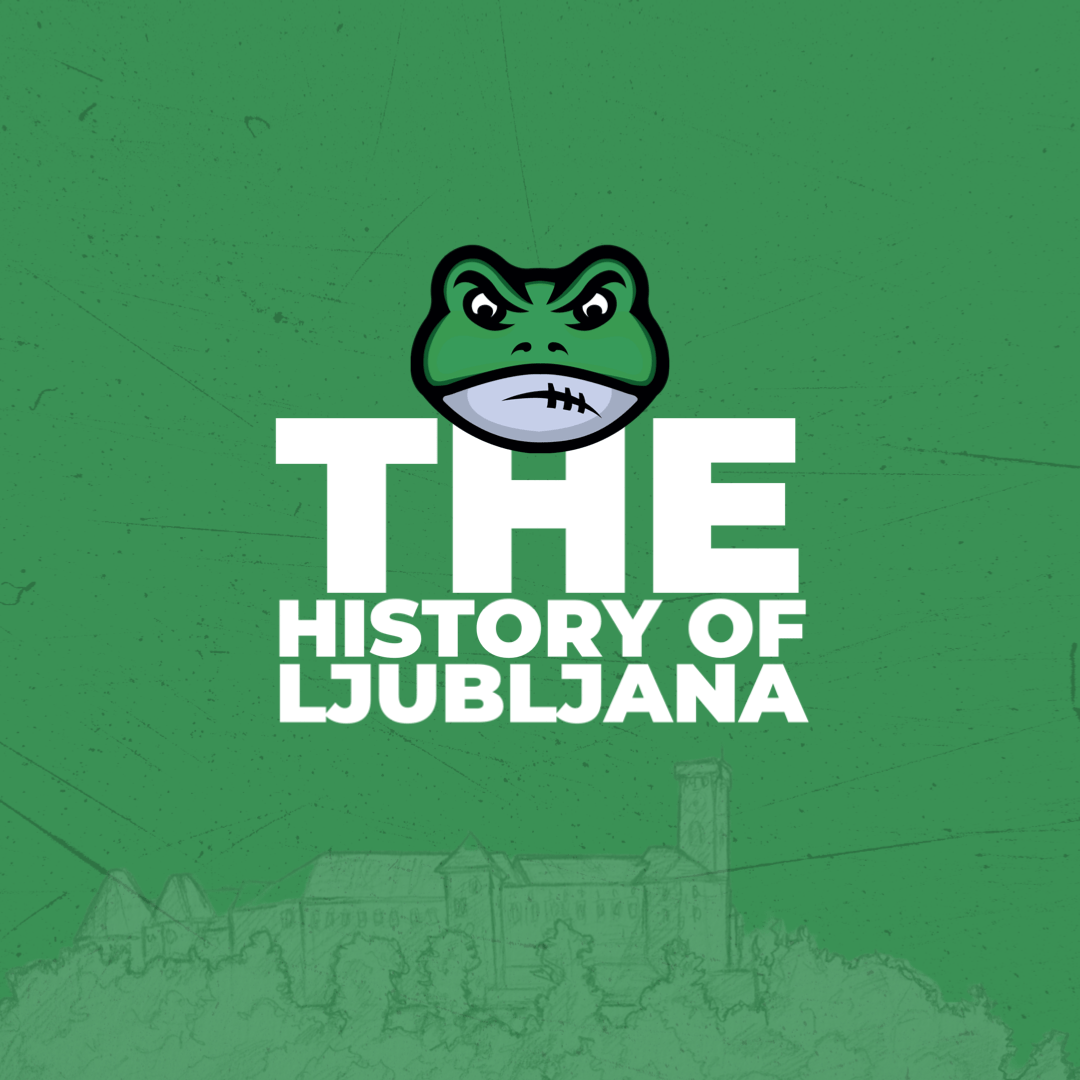
The History of Ljubljana is full of suprises
Ljubljana, the capital city of Slovenia, is a destination rich in history and culture. The city is home to many historical landmarks, one of the most prominent of which is Ljubljana Castle.
The history of Ljubljana dates back to ancient times. The area was settled by the Illyrians, an ancient tribe, before being conquered by the Romans in the 1st century AD. The Romans established a military camp in the area and named it Emona. The city prospered under Roman rule, with the construction of public buildings and a strong wall to protect the settlement.
After the fall of the Western Roman Empire, Ljubljana fell under the control of various tribes and kingdoms. The city was eventually controlled by the Duchy of Carantania, which was later incorporated into the Holy Roman Empire. During this period, Ljubljana's economy thrived, with the city becoming an important trade and transportation hub.
In the Middle Ages, Ljubljana Castle was built on a hilltop overlooking the city. The castle was originally a medieval fortress, built to protect the city from invasions. Over the centuries, the castle was expanded and transformed into a Renaissance palace. Today, the castle is a popular tourist destination and houses a museum that tells the story of Ljubljana's history.
In the late 1800s, Ljubljana experienced a period of rapid modernization. The city's infrastructure was improved, with the construction of new roads, railways, and public buildings. This period also saw the birth of Slovenian national consciousness, which led to Ljubljana becoming the cultural and intellectual center of Slovenia.
Ljubljana today is a vibrant and modern city, but it still retains its historical charm. The city center, with its winding streets and charming squares, is a UNESCO World Heritage Site. The Ljubljana Castle continues to be an important part of the city, offering visitors a glimpse into the city's rich history and culture.
In recent years, Ljubljana Castle has undergone a major renovation, which has made it more accessible to visitors. The castle now boasts beautiful gardens, a café, and various exhibitions that tell the story of the castle's history. The castle also offers stunning views of the city and the surrounding landscape.
Overall, Ljubljana is a city with a rich and fascinating history. From its Roman origins to its medieval castle, the city has much to offer visitors. Whether you're interested in history, culture, or simply want to enjoy the city's beautiful scenery, Ljubljana is a destination that is sure to impress. With more than 8% of the text mentioning Ljubljana, it is a perfect destination for everyone interested in history, nature and culture.
And why does Ljubljana have a dragon?
The dragon is a symbol that is closely associated with the city of Ljubljana and its history. According to legend, Ljubljana was founded by the Greek mythological hero Jason and his Argonauts, who defeated a terrible dragon that had been terrorizing the local population. To honor this victory, Jason is said to have built the city and named it after the dragon, which in Slovene is "Ljubljana".
Another popular version of the dragon legend goes back to the times of the Roman Empire, where it is said that the city was named after the Ljubljanica River. The Romans believed the river was home to a dragon which they named Labeatis, the dragon. The river and the city were then named in its honor.
The dragon has been a symbol of Ljubljana for centuries and can be found in many forms throughout the city, such as on the city's coat of arms, in sculptures and as a symbol on various tourist items and souvenirs. The dragon is also a frequent element of the city's architecture, especially in the medieval period, where it was commonly used to decorate buildings and bridges. The most well-known dragon statue is probably the one on the Dragon Bridge, one of the most popular landmarks in the city. Today, the dragon is celebrated in many ways throughout the city, from the annual Dragon Bridge ceremony to the Dragon Fountain in the town square. It is also used as a symbol of the city, representing its strength, courage, and resilience. The dragon is a much-loved symbol of the city and has become an iconic representation of Ljubljana.

